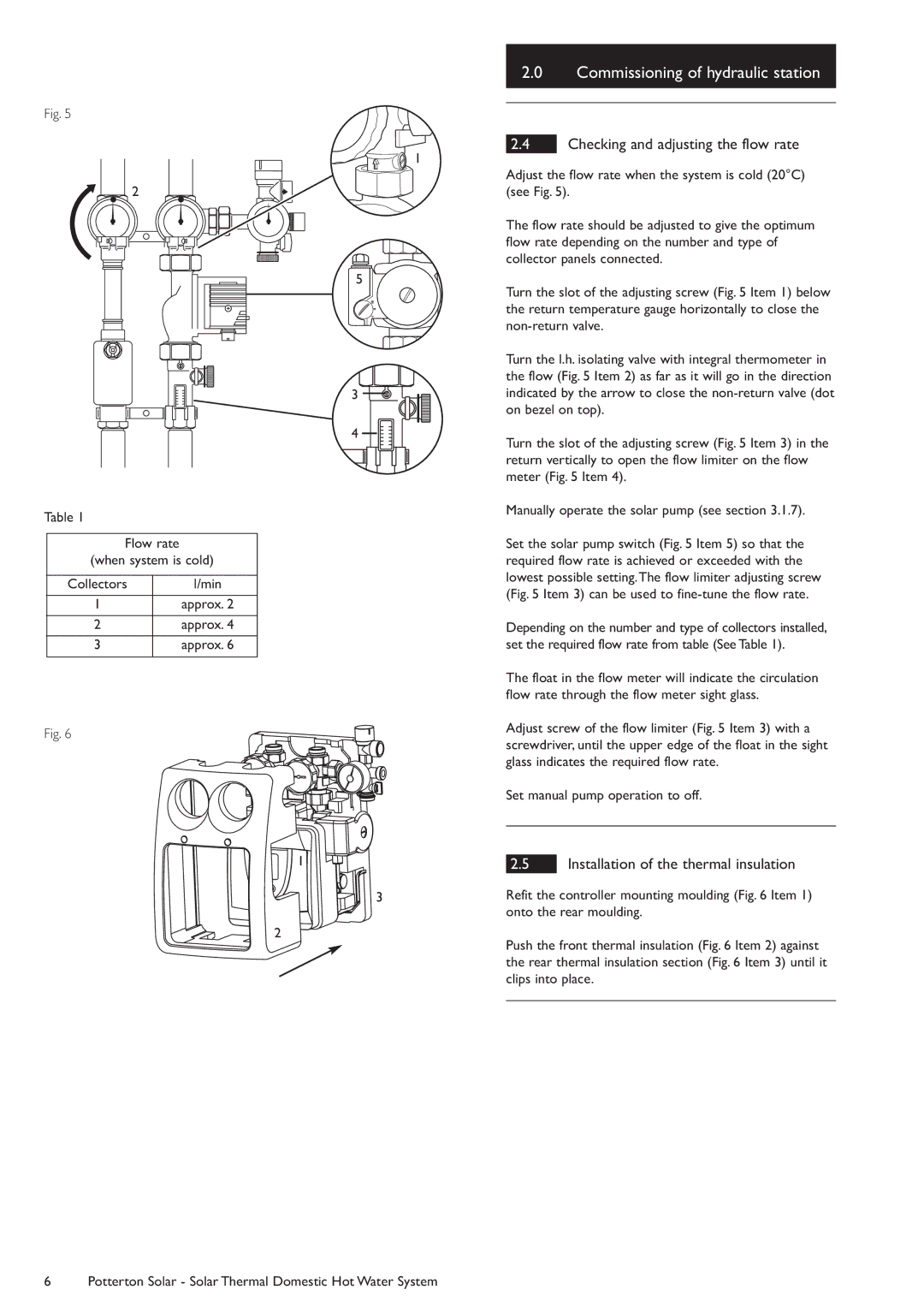Solar specifications
Baxi Potterton Solar systems are designed to harness solar energy, transforming how we approach domestic heating and hot water. As one of the leading brands in renewable energy solutions, Baxi Potterton has integrated innovative technologies to offer efficient, eco-friendly products that meet modern energy needs.One of the standout features of the Baxi Potterton Solar system is its ability to generate hot water using solar energy. The system employs solar thermal panels, which are ideally mounted on roofs, to capture sunlight and convert it into heat. This heat is then transferred to a water storage tank, providing households with an abundant supply of hot water for everyday use, significantly reducing reliance on traditional energy sources.
The technologies used in the Baxi Potterton Solar systems include advanced solar collectors, which are designed for maximum efficiency and performance. These collectors incorporate high-performance glazing and advanced insulation techniques, ensuring optimum temperature retention and minimal energy loss. The use of copper piping enhances thermal conductivity, allowing for rapid heat exchange, which is crucial for effective hot water production.
In addition to solar thermal systems, Baxi Potterton also emphasizes compatibility with existing heating solutions, such as combi-boilers and system boilers. This versatility means that homeowners can easily integrate solar technology into their current setups, enabling them to take full advantage of renewable energy without the need for substantial system overhauls.
Another significant characteristic of Baxi Potterton Solar solutions is their ease of installation and maintenance. The systems are designed with user-friendliness in mind, allowing for quick setup by qualified professionals. Moreover, regular maintenance is straightforward, ensuring the longevity of the system and reliability in performance.
Baxi Potterton is also committed to sustainability. By utilizing solar energy, the systems contribute to reducing carbon footprints and lower energy bills for consumers. The use of renewable energy aligns with global efforts to tackle climate change and promote energy efficiency.
In conclusion, Baxi Potterton Solar systems represent a shift towards greener energy solutions that cater to modern households' needs. With their innovative technology, compatibility with existing systems, and commitment to sustainability, these solar solutions offer an effective means to harness solar power for domestic heating and hot water, paving the way for a more sustainable future.




